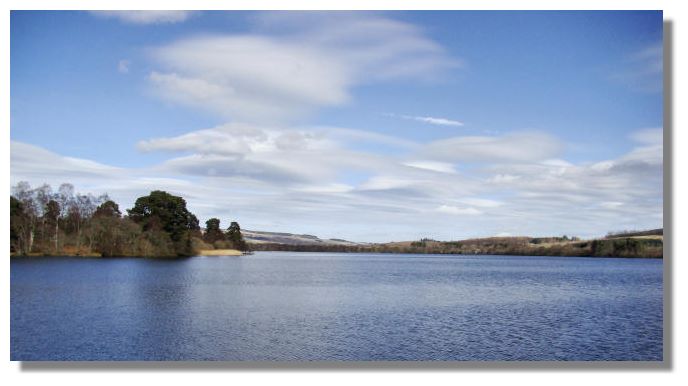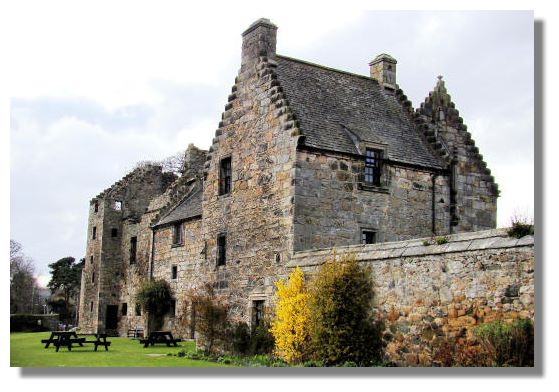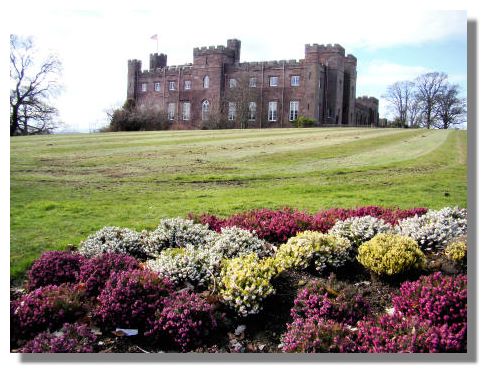The Rampant Scotland Newsletter includes a number of photographs which illustrate the weather and the seasons, plus the flora and fauna of the current week around Scotland. This separate "colour supplement" displays some more pictures, in a larger format. Here is this week's crop of Scottish views!
Loch of Lowes in Perthshire near Dunkeld has become a popular wildlife reserve mainly because of the ospreys that nest there every year. The newly upgraded visitor centre displays videocam pictures taken from close to the nest and from April to August there are great views of the chicks being fed by both their parents. Ospreys catch fish from the loch, diving down to pluck their prey from the water. The nest at Loch of Lowes is clearly visible across the loch from a hide set up by the Scottish Wildlife Trust. Although I got some pictures of the two nesting birds (recently returned from West Africa), the distance involved meant that the pictures were not good enough for this colour supplement.
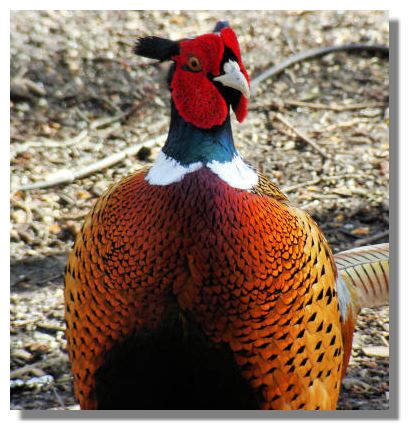
If the Ospreys were too far away even for a 25X zoom lens, there were plenty of other birds that came up close to the observation window in the visitor centre. This male Pheasant is resplendent in his breeding plumage was one that came in close. Others included a Woodpecker, Siskin and Greenfinch. The Loch of Lowes visitor centre claims that red squirrels also come in to feed at the food available outside the visitor centre.
The original Aberdour Castle on the coast of Fife was started around 1200 by the de Mortimer family. It passed to the Douglas family in 1342 and has remained with them ever since. Although originally built as a defensive tower house, it was enlarged over the centuries and became a comfortable manor house with extensive formal walled and terraced gardens. The property is now administered by Historic Scotland.
The Fife Coastal Path between Delgaty Bay and Aberdour at this time of year is an amazing sight with golden daffodils on either side stretching into the distance. The daffodils were planted by volunteers in support of the Marie Curie Cancer Care charity. Some of the daffodils are picked and sold in local shops to raise funds for the charity - but plenty are left to make this a beautiful walkway.
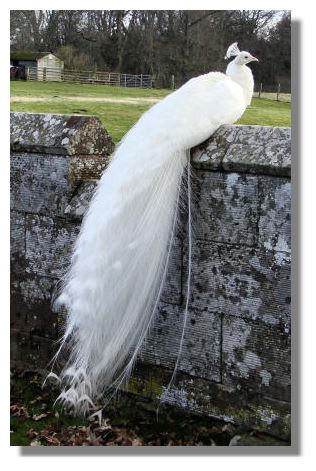
We usually see the magnificently coloured Peacocks with their extravagant tails and iridescent blue-green or green coloured plumage. Equally striking is the white Peacock. This is not an albino - just a variety that has been bred to produce pure white feathers. This is one of a number which strut around the grounds of Scone Palace in Perthshire.
Kenneth mac Alpin moved his centre of power to Scone (pronounced Scoon) and Dunkeld in the 9th century as his western province of Dalriada (Argyll) came under increasing pressure from the Vikings. The Stone of Destiny, on which generations of kings had been enthroned, was also moved to Scone - these days, only a replica stands in the grounds. An Augustinian Abbey was built by Alexander I in the 12th century. The Abbey was destroyed during the Reformation in the 16th century. Parts of a 17th century house, which was built on the site of the Abbey, were incorporated into Scone Palace when it was built in 1802 by the 3rd Earl Mansfield. From the outside, it is not all that impressive to look at - the castellations were added in a 19th century "makeover" to make it look more like a castle.If you want to look back at earlier editions of this Colour Supplement, there is an Index Page
